
Cold toast is healthier than hot toast - Illustration photo
Some foods can get an extra health boost when cooled. Cooling these foods can change their chemical structure, increasing their nutritional value and providing additional health benefits by forming resistant starch – a type of starch that is better for blood sugar control.
White rice
When cooked and cooled, white rice forms resistant starch, which may help reduce the risk of type 2 diabetes by helping to regulate blood sugar levels.
Try adding a variety of vegetables to your rice bowl and drizzling with low-sodium soy sauce, or pair it with lean proteins like chicken or fish.
Oatmeal
Oats also form resistant starch when cooled, which helps regulate blood sugar and supports a healthy, balanced gut microbiome (the microbiome is the collection of microorganisms that live in your digestive tract).
You can make a bowl of overnight oats by combining cooked rolled oats with yogurt, milk (or plant milk), berries, and chia seeds. Store in the refrigerator overnight and enjoy for breakfast the next morning.
Potato
Potatoes are a carbohydrate-rich food that forms resistant starch when cooked and cooled, which is great for gut health and blood sugar control.
It is advisable to let the potatoes cool before mashing, this not only helps to form resistant starch but also prevents the texture from being sticky and mushy as the starch has time to set and reduces over-gelatinization during mashing.
"If you gently reheat cooled potatoes (for example, microwave them for about 90 seconds before mashing), most of the resistant starch is retained, but the potatoes will become light and fluffy," the nutritionist advises.
Dill
One study found that cooled dill had higher levels of phenolic acids (antioxidants) when stored and cooled in the refrigerator for 15 days.
Phenolic acids may help prevent the development of chronic diseases caused by oxidative stress. Sprinkling a few sprigs of dill over cooked salmon or cooled mashed potatoes is a great way to enjoy dill.
Toast
Studies have shown that bread that is toasted and then cooled has higher levels of resistant starch than bread that is eaten fresh from the oven or stored at high temperatures.
After baking, bread that is cooled or refrigerated for seven days will have higher levels of resistant starch than bread that is not cooled.
Some common misconceptions
Some foods are simply not conducive to cooling. From a nutritional (and in some cases food safety) perspective, you should avoid cooling the following foods:
Roasted Nuts: Cooling roasted nuts does not change their nutritional composition, and can actually cause them to lose their crunch and flavor due to oxidation and moisture absorption.
Grilled meat: "Cooling grilled meat offers no health benefits and can even pose safety concerns if not stored properly." It's important to keep cold foods below 4°C and hot foods above 60°C.
Leafy greens: Cooked leafy greens like spinach or kale don't form resistant starch or gain new nutrients when cooled. "They're still nutritious, but cooling doesn't offer any special benefits," the nutritionist tells Health .
Source: https://tuoitre.vn/com-trang-va-banh-mi-an-khi-nguoi-tot-hon-luc-nong-ban-tin-khong-20250619080028729.htm






![[Photo] Da Nang: Hundreds of people join hands to clean up a vital tourist route after storm No. 13](https://vphoto.vietnam.vn/thumb/1200x675/vietnam/resource/IMAGE/2025/11/07/1762491638903_image-3-1353-jpg.webp)



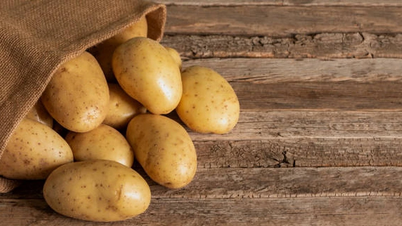

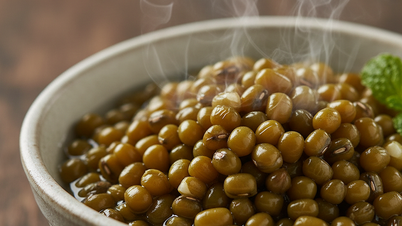
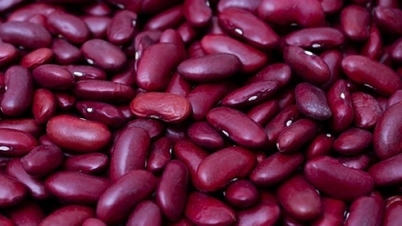

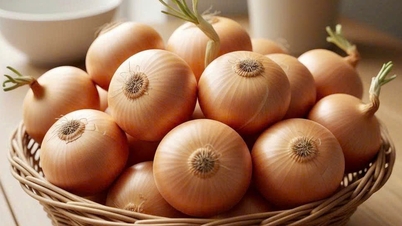






















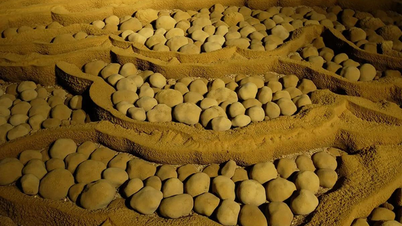





































































Comment (0)